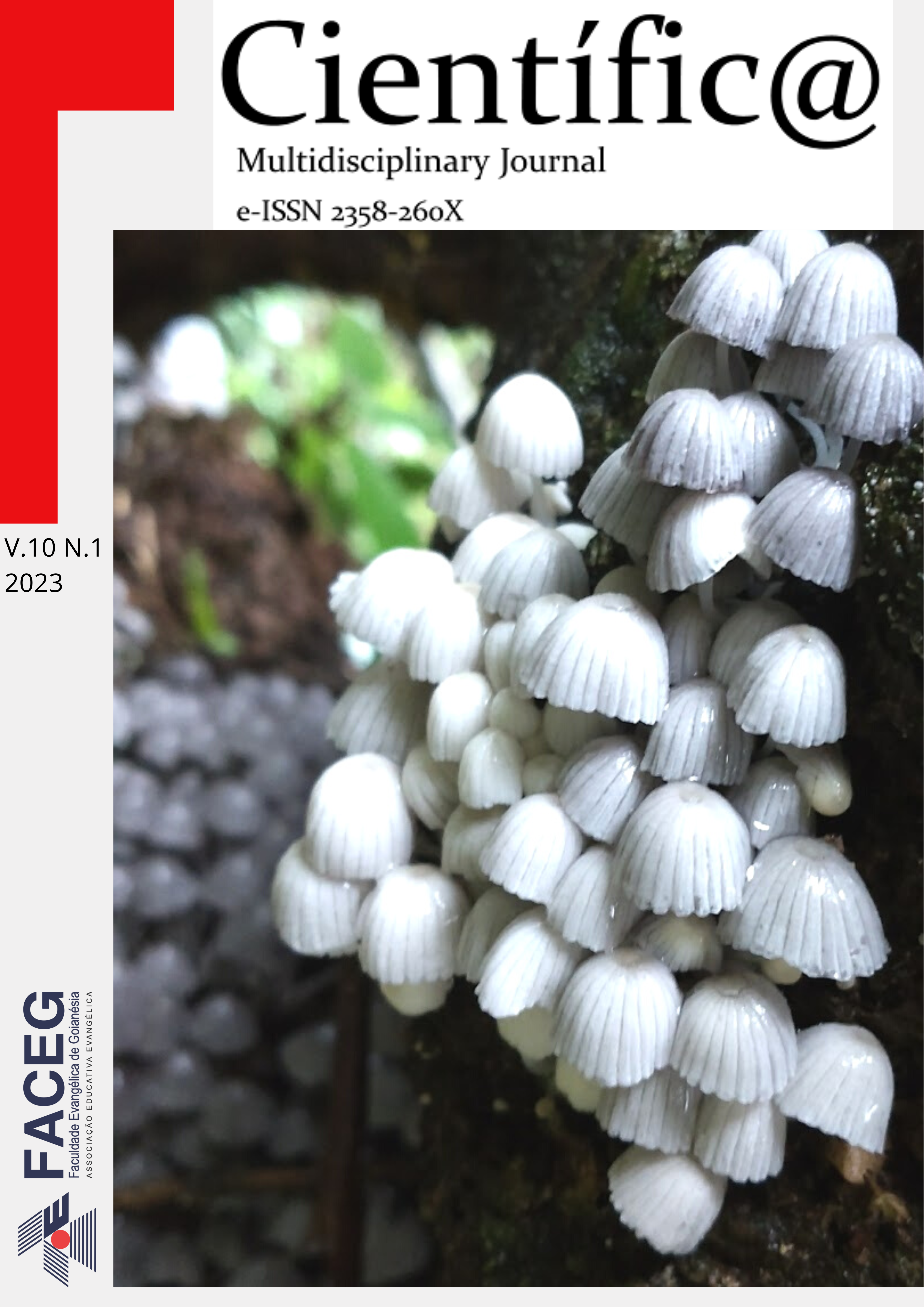BIOGAS PRODUCTION FROM LIGNOCELLULOSIC WASTE AND MANIPUEIRA
DOI:
https://doi.org/10.37951/2358-260X.2023v10i1.6454Abstract
Biogas production in the state of Roraima, Brazil, is still insignificante. This is basically due to the low diffusion of knowledge regarding the potential for generating energy from biogas, as well as the few researches evaluate organic materials regarding the potential of biogás production. The organic materials udes were: swine manure (ES), gliricidia leaves (G) (Gliricidia Sepium), elephant grass (CE) (Pennisetum purpureum Schum.) and manipueira (M). With these materials the following treatments were defined: Treat 1: G + ES; Treat 2: ES; Treat 3: CE + ES + M; Treat 4: M + ES; Treat 5: CE + ES; and Treat 6: M. Biorectors of PVC with a diameter of 200mm and a height of 60 cm were built. A 20 mm pipe was inserted for supply with a register was installed at the base of the biorector to collect the materials. In the upper part, a 50 mm pipe was inserted for supply and a gas outlet for gas measurement. To supply the bioreactors, the organic materials gliricidia and elephant grass were collected in the agroecological space of the Nucleus of Study, Research, Extension in Agroecology (NEPEAGRO) of the IFRR - Novo Paraíso Campus. These materials were passed on a forage and then taken to set up the experiment. Swine manure was collected from the Campus pigsty and manipueira was purchased from local flour producers. To supply the bioreactors, 50% water + 25% organic material + 25% inoculant was used. The inoculant used was sheep manure. The digester was 60 cm high, where 40 cm were occupied with material and water and the 20 cm were left free to work with a gasometer. The gas measurement was measured using a glass jar (2 L) with two hoses attached to the lid. Gas measurement was performed by water displacement. The displaced water was collected in a 1000 ml beaker. It is important to highlight that the quantified volume considers all the gases produced during the biodigestion process. The following variables were determined: pH, dry matter and the volume of gas produced. The results obtained showed the production potential of plant materials when mixed with swine manure. The treatments that received elephant grass and glicidia were the ones that produced the most biogas.
Downloads
Published
How to Cite
Issue
Section
License
Esta revista oferece acesso livre imediato ao seu conteúdo, seguindo o princípio de que disponibilizar gratuitamente o conhecimento científico ao público proporciona maior democratização mundial do conhecimento.
A partir da publicação realizada na revista os autores possuem copyright e direitos de publicação de seus artigos sem restrições.
A Revista Científic@ - Multidisciplinary Journal segue os preceitos legais da licença Creative Commons - Atribuição-NãoComercial 4.0 Internacional. 

